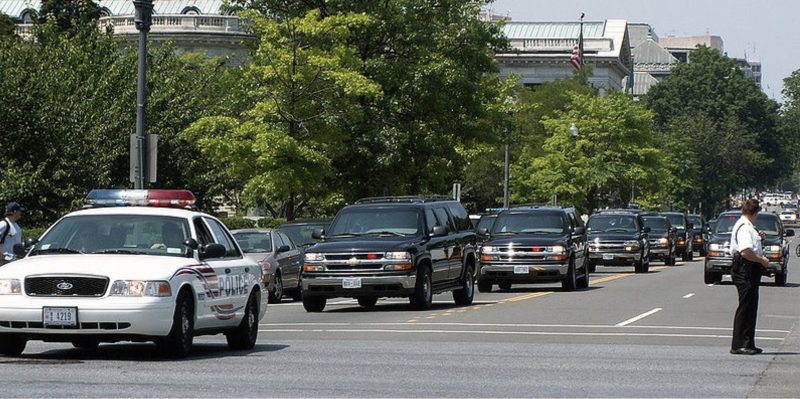State Tax Cap Freeze Prompts School Districts’ Fiscal Belt Tightening
| by Robert Kimmel |
Along with maintaining quality educational standards, preserving a small amount of tax relief for homeowners is one of the primary motivators of local school district authorities preparing their budgets for the coming year.
As part of the temporary tax freeze for school districts set by state lawmakers, most homeowners in Irvington, Sleepy Hollow, and Tarrytown can anticipate receiving small tax rebate checks late in 2015 for the second consecutive year. The checks represent reimbursements of increases in the school tax levy, based on the districts keeping within their tax levy growth caps for both the current and the 2015-16 school years.
However, to keep the reimbursements checks coming to property owners this year, it becomes somewhat more complicated for the Irvington and Tarrytown districts, as with all school districts in New York State. They must develop government efficiency plans that allow them to acquire saving cuts of at least 1 percent of their 2014-15 tax levies for three consecutive years, beginning with the 2016-17 school year. To accomplish their efficiency plans, they also will have to indicate how they will share services, or develop cooperative agreements, with other districts or municipalities. All Westchester school districts complied with the tax cap during the first year of the tax freeze.
The villages, meeting the terms of a separate freeze, are also expected to hold increases under their initial tax cap limit, and the reimbursement checks are anticipated for many property owners relating to each village’s tax hike. To receive the “Freeze Credit,” from both the villages and school districts, homeowners must also conform to the STAR property tax exemption requirements. The property must be a homeowner’s primary residence, and the owner’s gross annual income must not exceed $500,000.
Governor Andrew Cuomo’s refusal to unlock the state’s total school aid funds until the legislature enacts school reforms is also hampering the budget process.
For the Irvington School District, which includes the Village of Irvington, a segment of southern Tarrytown, and part of the unincorporated areas of Greenburgh, the delay is causing “a degree of uncertainty” in both determining the tax rate and the district’s tax cap, according to Superintendent, Dr. Kris Harrison.
“I presume you will find other districts in the same situation,” he said during an interview last month. “However, we fully intend to be within the limits of the cap.”
As of late February, a draft of the full budget had not yet been presented to the Board of Education, noted Beverly Miller, Assistant Superintendent For Business And Facility Management. “We haven’t even completed round one,” she added. “It is possible we will not know the budget increase until April.”
The tax cap for each district is determined by a formula with a number of variables including the Consumer Price Index (CPI) increases and various aspects of a districts’ expenditures, such as its debt service, among others. The Irvington district’s current school year budget is $56,294,000. Miller placed the amount of state aid at “about 12 percent” of the budgetary funding. Irvington met the cap levy requirements in its current budget.
Whatever the final funding may be, Dr. Harrison concluded that, “We will be able to maintain all of our current programs. We are looking at a fiscally responsible budget that will continue to expand student opportunities and enhance the learning experience.”
Tarrytown School District’s Superintendent, Dr. Christopher Clouet, agreed that Governor Cuomo’s hold on state aid for schools, “…makes planning very difficult, and he called it “unfair.” “I am not clear at the end of the day whether the legislature will pass the reform package or not,” he added.
However, the Tarrytown district, which includes the Village of Sleepy Hollow, appears well on its way to establishing a preliminary 2015-16 school year budget. It anticipates receiving a 1.2% increase in state aid over this year’s funding, based on the lowest figure it might receive.
The district has preliminarily projected a 1.94 % tax levy increase for the 2015-16 school year, which would be below the tax cap, according to John Staiger, Jr., Assistant Superintendent for Business. That is considerably lower than the 6.8 % top increase it has estimated it could reach and remain within the tax cap.
Staiger, at a late January meeting with the School Board, noted an estimated long term savings of $5.3 million based on a lower than estimated rate of interest for its long term debt on a bond proposition. He attributed the low interest rate, about 2.66%, to the district’s high credit rating. The preliminary budget approaches $73 million.
With the former GM site coming on to the tax rolls, the district will have new assessable tax value, the superintendent explained. “It is not new money for us to spend; it just allows the tax to be assessed over a greater number of properties. Consequently, the tax rate per assessable thousand is going to go down, making the taxes lower for people.” he noted.
As for possibly having to curb some spending, Dr. Clouet acknowledged that, “while it was still early in the process,” the district was “looking to cut some things in technology, for instance, but we are also looking at adding a few things.” He cited the state’s educational department’s regulations, “to provide additional services to typically those students who are recent arrivals to the country and are learning English. We are discussing with the Board as to how we can comply with this regulation. I think that the way we have designed the budget changes, we will keep what we have in place and possibly and even respond to those state required services,” Clouet said. “We have been working very hard to be responsive to the tax pressure on taxpayers.”
Regarding the Board of Education’s position on the potential budget, its president, Mimi Godwin stated that, “The Board continues its philosophy of providing a quality education to the students, while working in a tax cap environment.”
Residents of both districts vote on the school budgets May 19. Prior to that, budget presentations are being made to the school boards, and public hearings will be conducted. The school districts’ websites provide dates and details about those sessions.
Read or leave a comment on this story... Print
Print
























